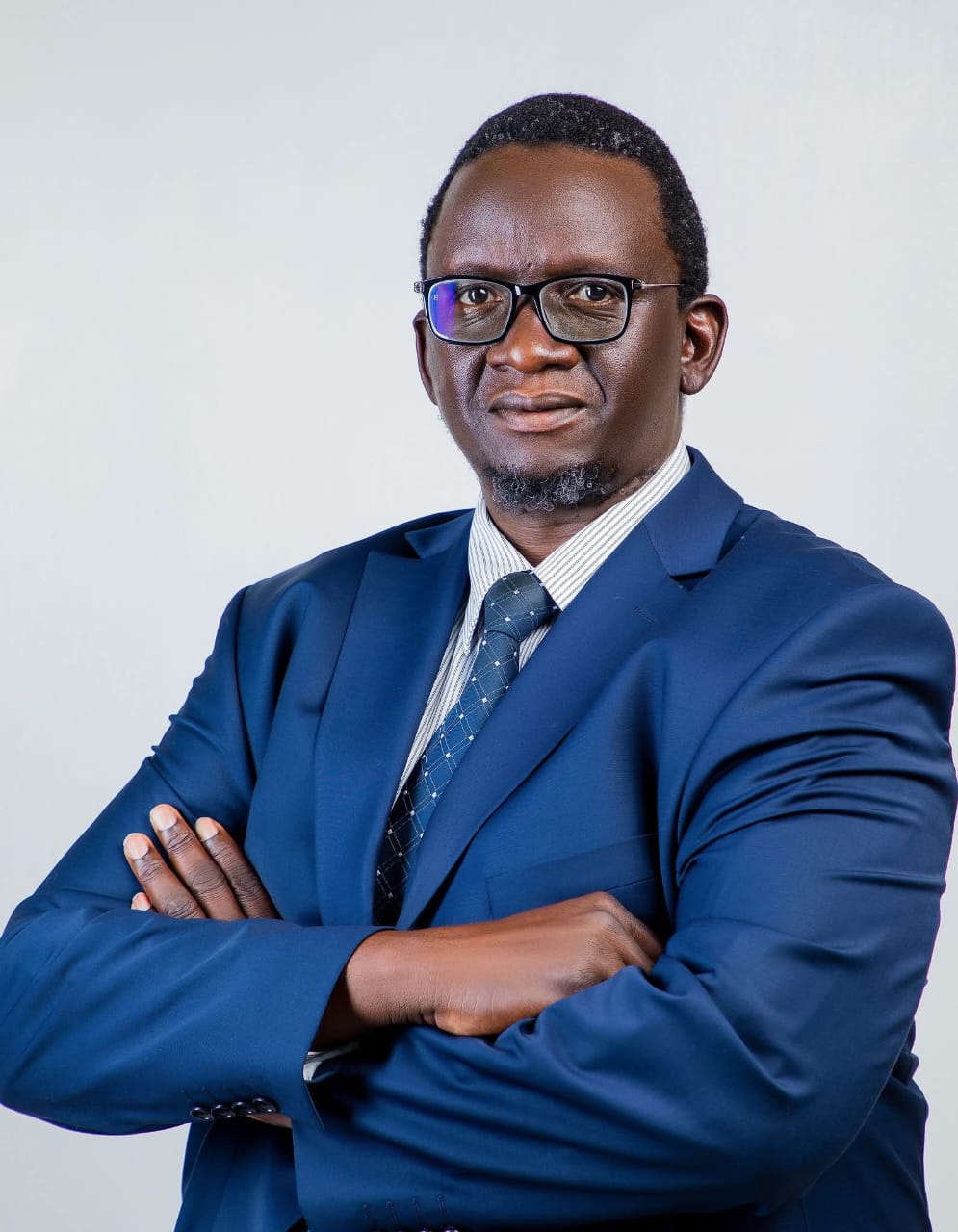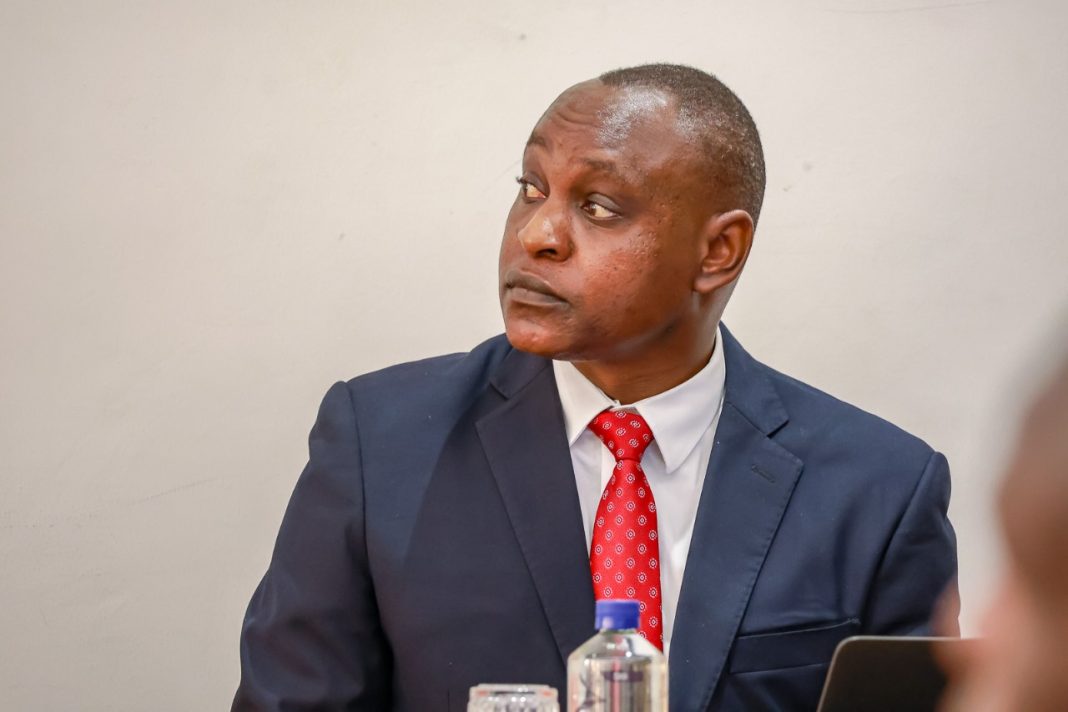By Joshua O. Nyamori
There are moments in history when a people must look not outward, but inward – into the soul of their destiny.
Luo Nyanza stands at such a moment today.
The passing of Rt. Hon. Raila Odinga, CGH, has left a silence so deep it ripples from the plains of Kano to the hills of Got Ramogi and across the calm waters of Nam Lolwe. In that silence, a question rises: Who are we now, without him?
For more than half a century, Raila was not merely a political leader – he was a moral compass. His courage, endurance, and inclusivity gave the Luo nation an identity larger than politics. His friendship and eventual cooperation with HE. President William Samoei Ruto, CGH., shortly before his passing, was no coincidence. It was a signal – a vision for how our community could find its place in Kenya’s next chapter: not through perpetual resistance, but through strategic belonging.
The waters that cradle our story do not lie. Every river that nourishes Luo land – from Kuja to Awach, from Nyando to Sondu – begins its journey in the high ridges of the Nandi Hills. It is as though creation itself wrote a covenant between our peoples – that the destiny of the Luo and the Kalenjin is one of convergence, not conflict.
From the springs of Nandi to the calm of Nam Lolwe, the river does not ask who owns it; it only flows – giving life to all who draw from its path.
History reminds us that the Luo have always been stabilisers, not spoilers.
From the migration out of Bahr el-Ghazal to the Great Lakes, our ancestors carried with them not the spear, but the staff of governance. They built kingdoms, harmonised clans, and offered counsel across borders – from Bunyoro to Busoga. The Luo spirit has always been one of order, wisdom, and moral authority.
That spirit shaped the very foundations of Kenya.
When the young republic stood on shaky legs, Jaramogi Oginga Odinga gave it conscience – refusing the comfort of power at the cost of principle. In his final years, even Jaramogi found it prudent to cooperate with President Moi, choosing dialogue over division, stability over spectacle.
Tom Mboya gave Kenya structure – building institutions, negotiating labour, and drafting the blueprint for national progress. These were not men obsessed with power; they were architects of possibility.
And Raila Odinga, their heir in vision and courage, spent his lifetime weaving bridges where others built walls. When President Ruto ordered a State burial with full military and presidential honours for Raila, he did more than honour a man; he honoured a people. In that solemn salute, Kenya said to the Luo: We see you. We honour you. You are part of us.
That gesture was not mere ceremony; it was moral symbolism. It opened a bridge between memory and renewal – a bridge we must now walk across with dignity and purpose.
To walk with President Ruto is not to abandon our history; it is to fulfil it. It is to say that the ideals of Jaramogi, Mboya, and Raila – courage, fairness, inclusion – do not die with them; they live on through partnership and nation-building. The politics of permanent protest has run its course. The time has come for a politics of reconstruction.
Our young people – from Kanyada to Karachuonyo, from Manyatta to Muhoroni – are not asking for handouts. They are asking for direction, for meaning, for belonging. That meaning will not come from recycled divisions, but from participation – from being on the table where Kenya’s future is decided.
Let us not spend another decade watching from the fence while others shape the nation. Let us step forward, not as petitioners, but as partners. Let the Lake become a lighthouse once again – guiding the Republic with reason, culture, and courage.
The Luo have never been a people of retreat. We are a people of destiny.
And destiny now calls us – not to stand apart, but to stand tall.
To walk with President Ruto is not betrayal; it is continuation. It is the path Jaramogi would have reasoned, Mboya would have built, and Raila – in his final acts of statesmanship – already began to illuminate.
For in the end, the river that cleaves the valley does not divide it – it nourishes both sides. And so must we!



